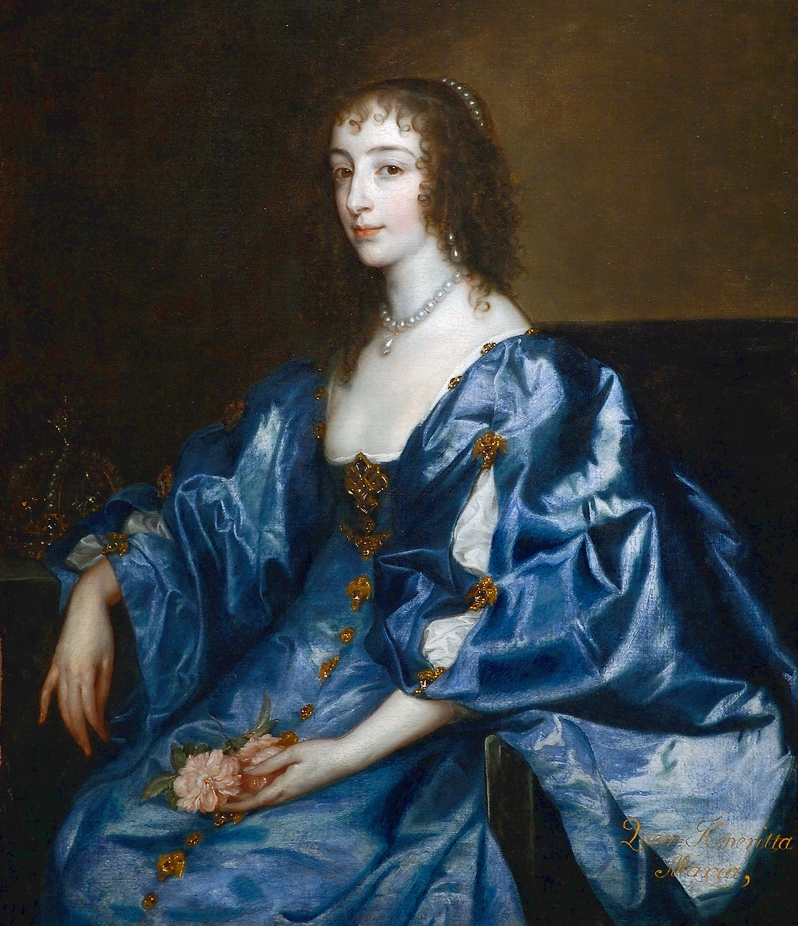What was Potter doing all that time she lived at home
with her parents? In childhood, she rarely ventured into the rest of
London, and she had few friends besides her younger brother, Bertram.
Mostly, it seems, she spent her days drawing. She drew compulsively,
rapturously, from a young age, in a sketchbook that she made from
drawer-lining paper and stationery. “It is all the same, drawing,
painting, modelling, the irresistible desire to copy any beautiful
object which strikes the eye,” she wrote. She drew when she was
unsettled, regardless of the subject. “I cannot rest, I must draw,
however poor the result, and when I have a bad time come over me it is a
stronger desire than ever, and settles on the queerest things,” she
wrote in her journal. “Last time, in the middle of September, I caught
myself in the back yard making a careful and admiring copy of the swill
bucket, and the laugh it gave me brought me round.”
Potter’s
sketchbook and coded journal, and many of her other belongings, are on
display at the V. & A. through early next year, in an exhibition
titled “Beatrix Potter: Drawn to Nature.” (Rizzoli has recently
published an accompanying book
by the same name.) Some two hundred and forty eclectic objects,
including manuscripts, sketches, tchotchkes and collectibles—even the
alleged pelt of Benjamin Bunny–—tell the story of a remarkable
transformation. Having lived the first two-thirds of her life in
near-total acquiescence to her family’s wishes, she made a sudden turn
in her third act. “A town mouse longing to be a country mouse,” as
Bilclough put it, Potter gave up the trappings of her privileged life in
London and bought a cottage in a remote part of the English
countryside. She became a farmer and conservationist, with muddy shoes
and prize-winning sheep. She walked the fells and lakeside paths around
her new home, sketching them, and ultimately saving them from
destruction.
Potter
may not have had many friends as a child, but she had lots of animals.
She and Bertram sneaked a rotating cast of pets into their nursery,
including snakes, salamanders, lizards, rabbits, frogs, and a fat
hedgehog. The V. & A. exhibition, which includes a series of dark
rooms that evoke the cloistered atmosphere of Potter’s childhood,
showcases her early drawings of the natural world as she would have
known it then: a mouse, a caterpillar, a beady lizard. The siblings
loved animals, but they were “unsentimental about the realities of life
and death,” as the show puts it. When their pets died, they would stuff
them, or boil their skeletons for further study. There’s a drawing by
Bertram of a pickled fish next to a human skull, and a note from him
about his pet bat: “If he cannot be kept alive . . . you had better kill
him, + stuff him as well as you can,” he wrote to Potter from boarding
school. Nearby, stretched out in a display case, is a flattened rabbit
hide and the disturbing sign, “Rabbit pelt, thought to be that of
Benjamin Bouncer.” Benjamin Bouncer was one of a series of rabbits that
Potter owned, and a favorite muse. She brought him home in a paper bag
when she was in her teens. Later, she brought home the rabbit Peter
Piper, who learned how to jump through hoops but “flatly refused to
perform” in company.
In early adulthood, Potter
observed her pets closely, inventing narratives about them, and filling
her letters to the children of friends with their adventures. Her
dispatches are playful and alive, illustrated with pen-and-ink drawings
of rabbits. In 1892, she wrote a letter to Noel Moore, the son of her
former governess, about an encounter that Benjamin Bunny had with a wild
rabbit in the garden. (Benjamin hardly noticed; he was eating so much.)
After Benjamin died (“through persistent devotion to peppermints”),
Peter Piper became Potter’s leading man. In 1893, she wrote to Noel
again: “My dear Noel, I don’t know what to write to you, so I shall tell
you a story about four little rabbits whose names were Flopsy, Mopsy,
Cottontail and Peter.” A drawing of a whiskered Peter on his hind legs,
ears perked, immediately suggests mischief.
Potter
sent the Moore children story after story in illustrated letters, until
Noel’s mother suggested that she try to turn them into books. (The
children had saved their copies.) In 1901, Potter self-published the
first edition of “The Tale of Peter Rabbit,” which appeared almost
exactly as she had written it to Noel, down to Peter’s “blue jacket with
brass buttons, quite new.” A series of established publishers had
turned her down, partly because of her insistence on keeping the book’s
price low. “Little rabbits cannot afford to spend 6 shillings on one
book, and would never buy it,” she wrote to a friend. She was also
particular about the size of the book; it had to be small, for small
hands. The following year, Frederick Warne & Co. agreed to put out
an abridged version. Potter compromised on the cover image, which she
called the “idiotic prancing rabbit.”
“Peter
Rabbit” was an instant hit, selling out multiple editions. (“The public
must be fond of rabbits! what an appalling quantity of Peter,” Potter
wrote.) Her publisher asked for more books, and she began pumping them
out one after another, beginning with “The Tale of Squirrel Nutkin” and “The Tailor of Gloucester.”
She also patented her characters. In the exhibition, there’s a fraying
Jemima Puddle-Duck doll, with a fabric bonnet and shawl, and a Peter
Rabbit teapot, as well as a complicated-looking board game. “She was
very savvy in what was created, and what was made,” Helen Antrobus, who
co-curated the show, told me. Potter believed that her first books found
an audience because they were written for real children. “It is much
more satisfactory to address a real live child,” she wrote. “I often
think that that was the secret of the success of Peter Rabbit, it was
written to a child—not made to order.”
She also
had a knack for making the familiar strange. Her attention to the
practicalities of being an animal, even a very civilized one, produced
beguiling images. If a hedgehog wears a bonnet, as one does in “The Tale of Mrs. Tiggy-Winkle,” her quills will certainly poke through. If a tortoise is invited to a dinner party, as happens in “The Tale of Mr. Jeremy Fisher,”
he’ll probably bring a salad in a string bag. She took silliness
seriously. At the V. & A., one display case holds tiny folded
letters that Potter wrote as if they were sent from one character to
another: “Letters between Squirrel Nutkin, Twinkleberry Squirrel and Rt
Hon. O. Brown, Esq. MP.” (Read more.)































